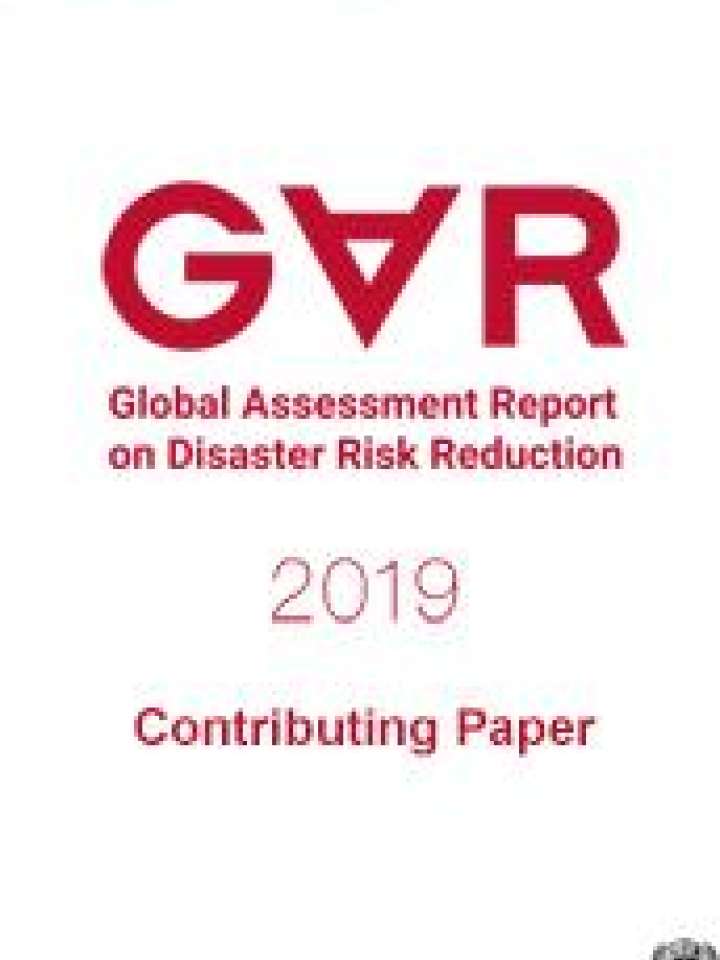A continuum of risks in urban Nepal
While the Sendai Framework, the Paris Agreement, the 2030 Agenda and the New Urban Agenda (NUA) warrant consideration in a joined up and complementary manner, global discussions of risk do not necessarily reflect the range of risk as understood by residents in the urban South. It is time to consider the intersection of disasters, the everyday lived experience of urban residents and the fundamental role local authorities play in mitigating against and also managing the urban risk portfolio. This case study from Bharatpur, a medium sized, regional city in Nepal shows in granular detail the continuum of perceived risk from the perspective of urban residents and local authorities. Risk is centered on a range of events and everyday realities that directly impact residents’ immediate lives and that challenge people’s capacity to manage and thrive. This also impacts their ability and willingness to plan for future hazards and risks in the city. The local authorities are in a similar situation in which they are overwhelmed with their responsibilities.
The continuum of risks discussed in this paper include an infrequent and intensive event, the Gorkha earthquake, that would of course rank high in the traditional international expert’s understanding of hazard and risk. However, risk is also found in another event such as the change to Bharatpur, Nepal’s administrative boundaries. Moreover, everyday concerns such as the lack of basic physical infrastructure and challenges to economic security are also significant concerns for urban residents. For many of the risks described above, the quality of the relationship with the local authority is key to people’s mitigation strategies of urban risk.
Firstly, the paper calls for broadening the understanding of risk to include the views of residents and also of local authorities. Secondly, the paper suggests this broadening of risk matters to the global discourse framing understandings of risk in the Sendai Framework, the Paris Agreement, the 2030 Agenda and the NUA, otherwise implementation may not be appropriate.
This paper is a contribution to the 2019 edition of the Global Assessment Report on Disaster Risk Reduction (GAR 2019).
To cite this paper:
Ruszczyk, H.A. A continuum of risks in urban Nepal. Contributing Paper to GAR 2019
